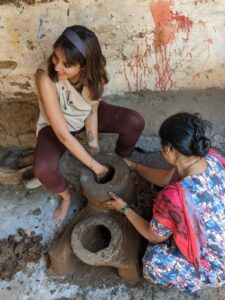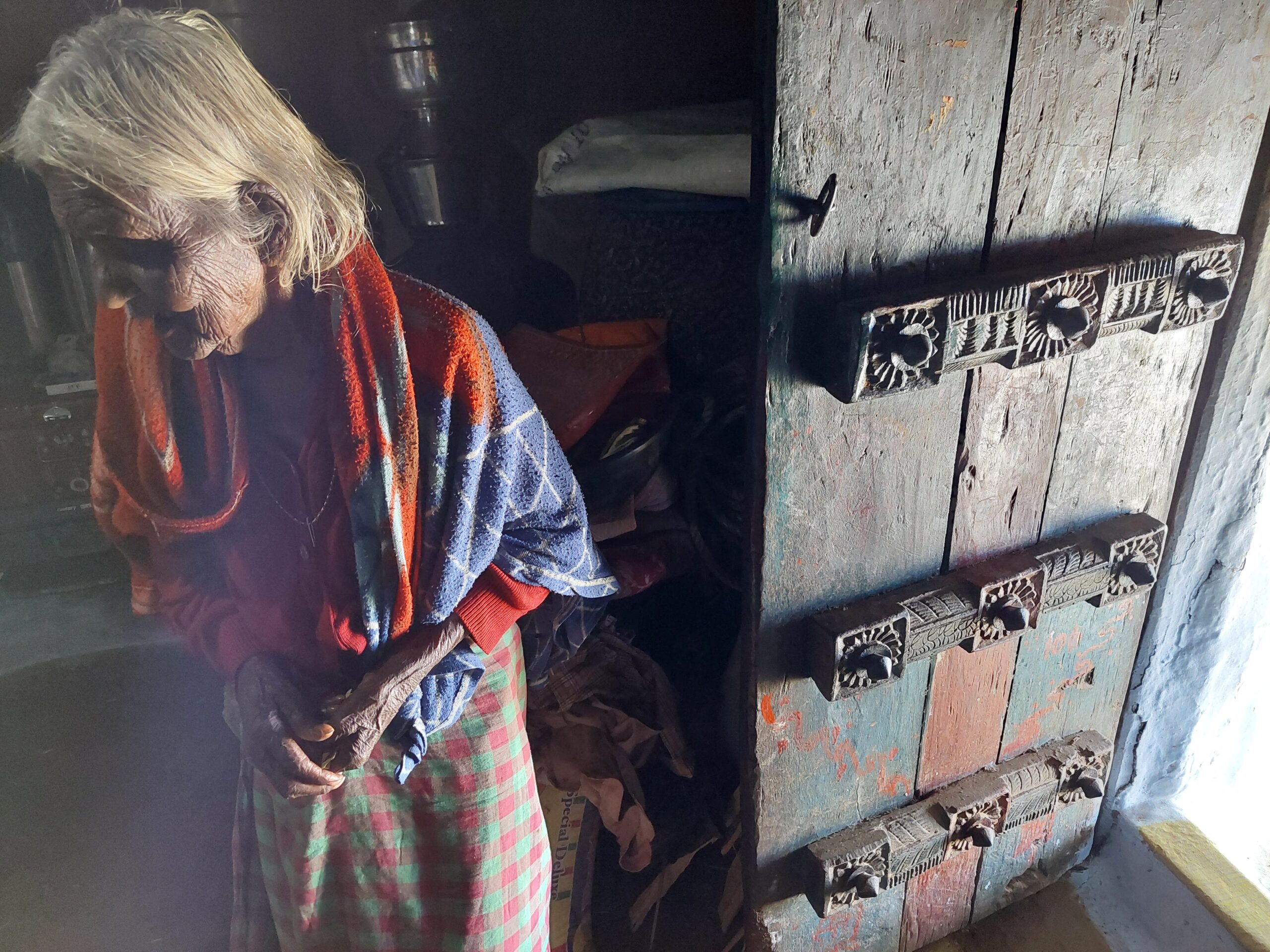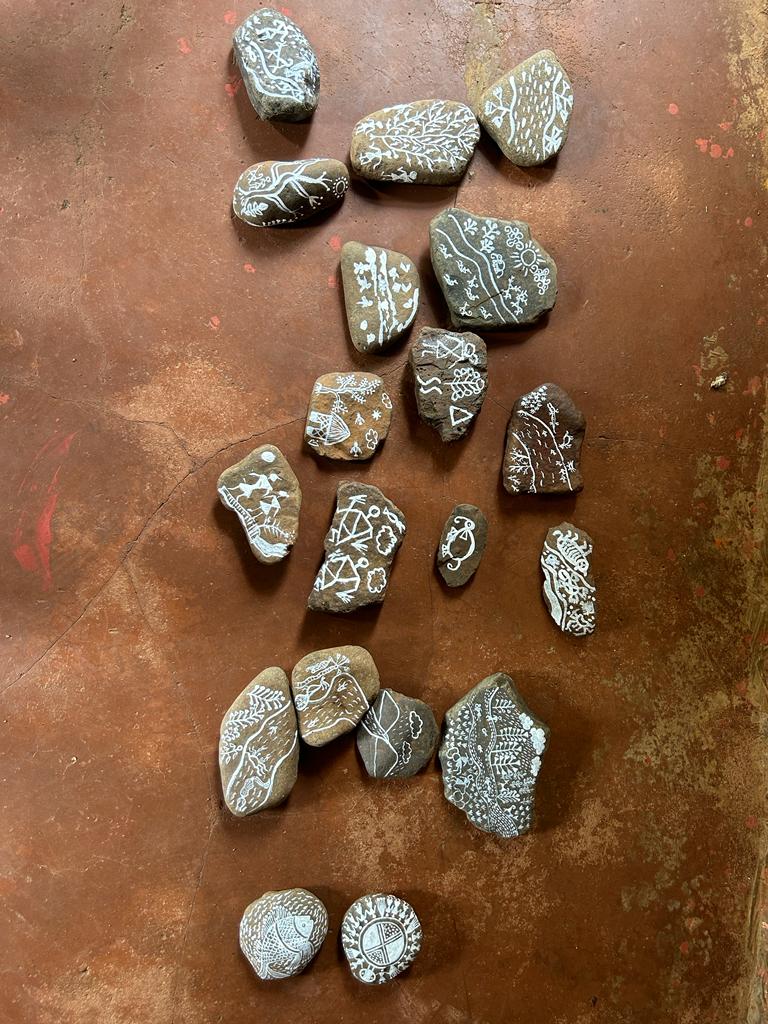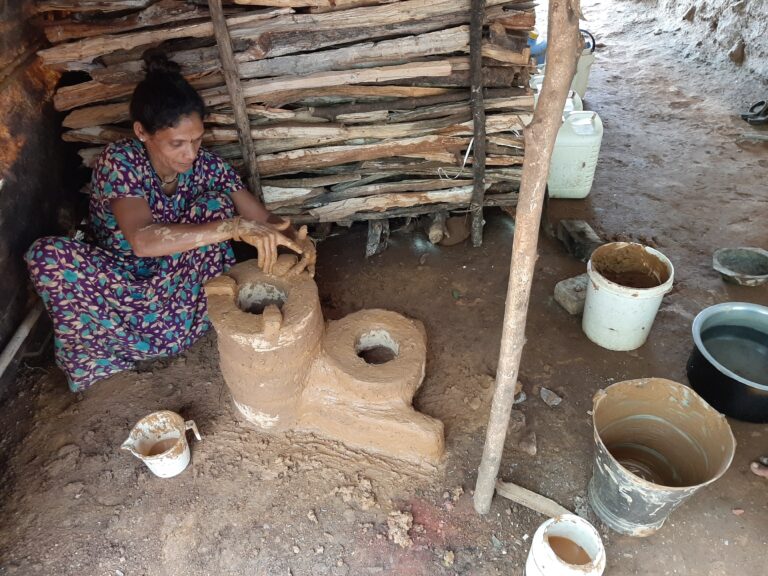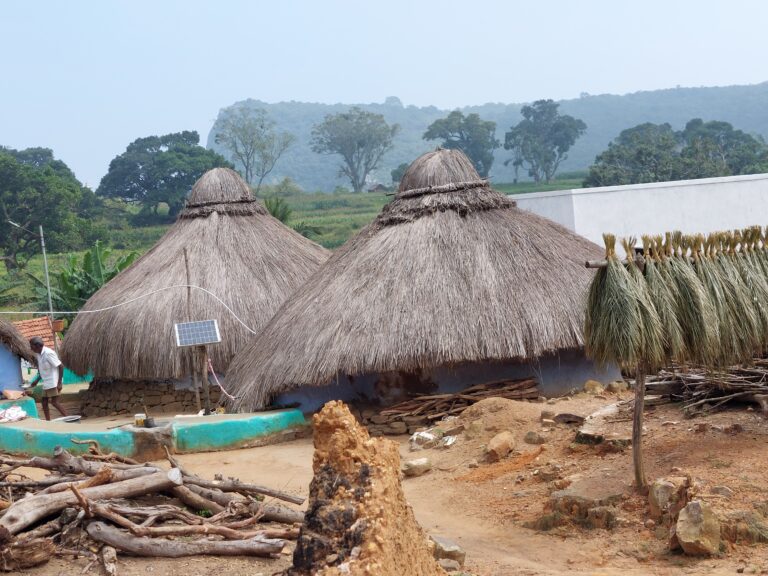Continued from https://smokelesscookstovefoundation.org/mystical-malliamman-durgham-part-1/
Malliamman Durgham has had its share of interesting visitors including high ranking Government officials (I was given to understand the current version of the road only came into existence after a visit from a district collector) and also the film industry. Imagine ‘Kashmir’ or ‘Manali and Shimla’.every Indian would know of these locations for a film shoot. But on googling, I found out that parts of the Tamil film ‘Kathir’ featuring actor Santosh Prathap has been shot here. I came across a small account by the actor of his experience, and upon reading it, I realized that he felt the same mysticism about this village as I have been feeling. It might be worthwhile to share the link to this article here. In addition, a recent big movie – Viduthalai has been shot here.
The fascinating interplay of human and the wild is prevalent in Malliamman Durgham. As has been described in the article and in the village folklore involving the Naicker, people in this village share a bond with the animals – elephants being the primary visitors. I heard that elephants pass by the village taking what they need and leaving the rest. Maybe the village has its own ‘systemic’ way of dealing with aspects that goes beyond the rational understanding of our data driven minds.
This pure and pulsating energy is also felt in the food in this village. This is always one of my most favourite aspects on a village visit – a freshly cooked homegrown meal. And our lunch at Malliamman Durgham was one of the best meals I have eaten in a long long time. ‘Millets’ have been hogging a lot of limelight lately, but Sathyamangalam has always been a millet producing belt of very high quality and taste. And the ragi muth (ragi balls – a staple) with local jackfruit curry, jackfruit dry vegetable with coconut, rasam and rice served on a banana leaf…a meal that nourishes not just the taste buds, but the very soul.
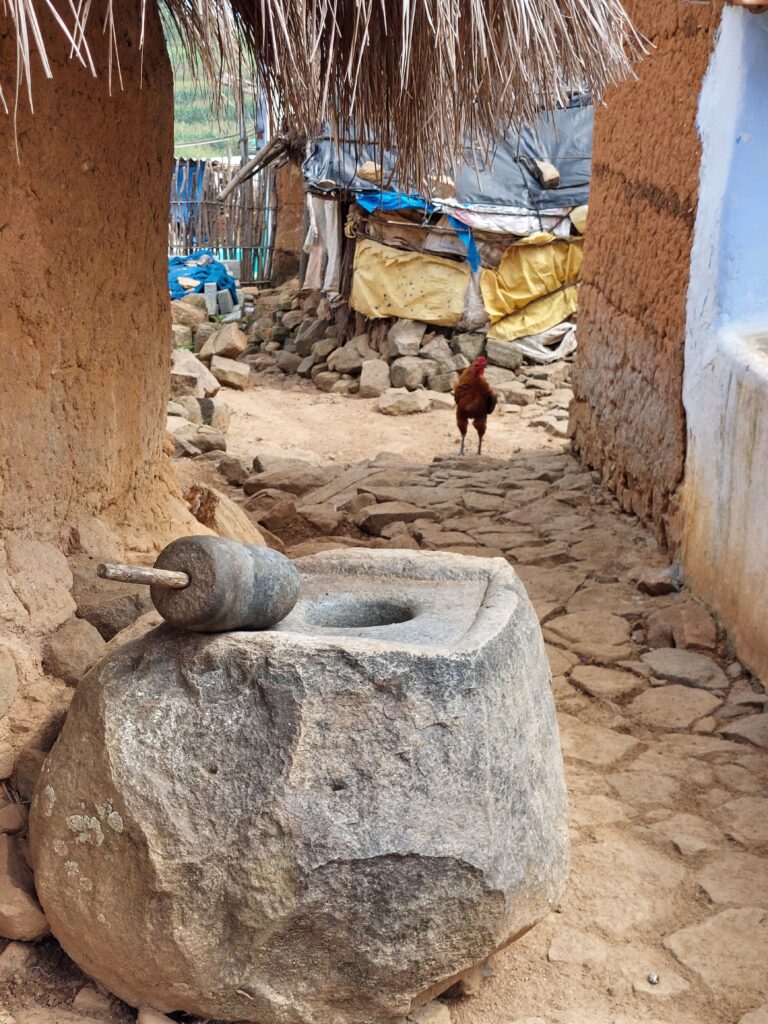
And with all my curiosity about sacred sciences involving native foods and food preparations, I had to take back ragi from Malliamman Durgham. Every time a ragi based dish is cooked in my kitchen, I am reminded of energy reverberating in the soil of Malliamman Durgham. Perhaps an interesting geography for Rainmatter Foundations, Millets Revival project. https://www.linkedin.com/company/rainmatter-foundation/
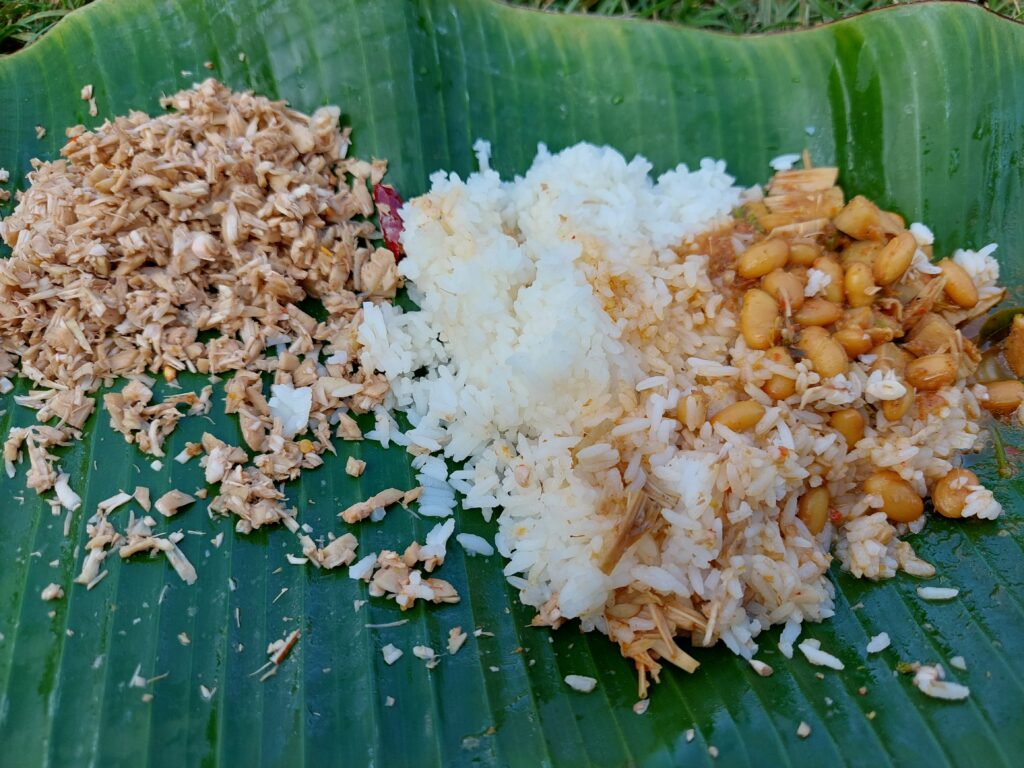
Another interesting aspect of this village is its school, its head mistress and the children (about 15 of them) who study here. The school probably is the only source of power back-up as it has a fossil fuel based generator. This generator has been purchased by the village folks by pooling in money. Generator is used only during certain occasions like festival or functions. Our team used it for cutting the roofs and we brought the diesel for it so that its not an additional burden on the village. Otherwise the school also has the solar panels through which the power is available for projector – smart tv, lights etc. Perhaps an opportunity for more innovations through renewable sources of energy like the wind, solar and hybrids? /https://www.linkedin.com/company/apeiro-energy/
Thankfully it has a LPG connection for the midday meals programme for the children. And one look at school and the children, you know that they are well cared for with good meals being provided. This enthusiastic head mistress spends her weekdays in the village teaching and looking after the children studying up to 8th standard and then goes back to her village over the weekend.
It’s impressive how the persuasion of 1 or 2 individuals like this lady, can keep the fire burning. The children are as impressive as they rattle Tamil songs and poems and facts with a sense of pride both for themselves and their teachers – eager to show their knowledge. And the children are as curious about me as I am about them. Even though there is a language barrier as I don’t speak or understand Tamil, in those moments, much is communicated and understood without the need of words. We get along fabulously well with translations here and there but relying more on enunciation and feelings – something that binds us all as just humans.
I carried back the fragrance and beauty of spectacular wild roses that I was gifted to put in my hair. I also carried some delicious papayas gifted by the villagers, the taste of which was so precious and my heart could never feel satiated. I feel a huge debt of gratitude when I have the privilege to taste and carry with me, a local ‘produce’. There is a value of immense love and purity and the tribal communities know this more than we can comprehend. In my several experiences with native and tribal communities across India, one thing I have learnt about them is their large heartedness and graciousness to host anyone who comes knocking at their doorsteps. Even when they have next to nothing for themselves. An emotion that has simply vanished from our urban way of living.
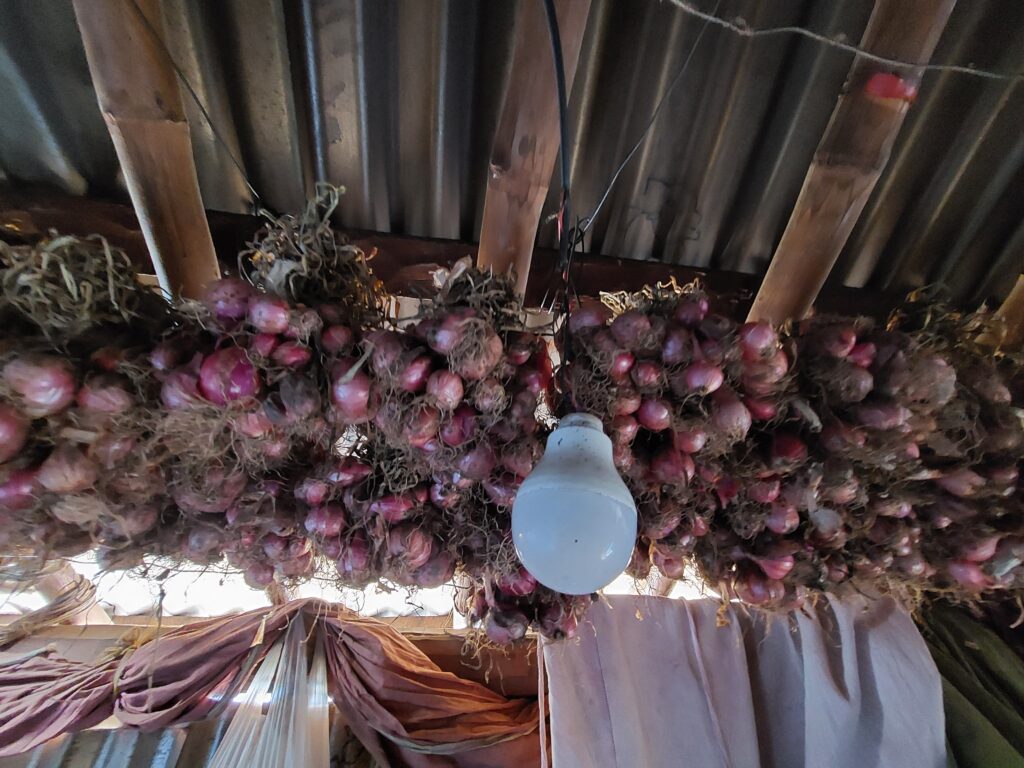
Since I decided to split my article in two parts, I would also like to document the houses in this village. Several layers of thatched roof using a type of grass, and dome structure with intricate weaving giving it a solidity of well made natural building. For the walls there is a use of stones, mud, sticks all collected from around the village.
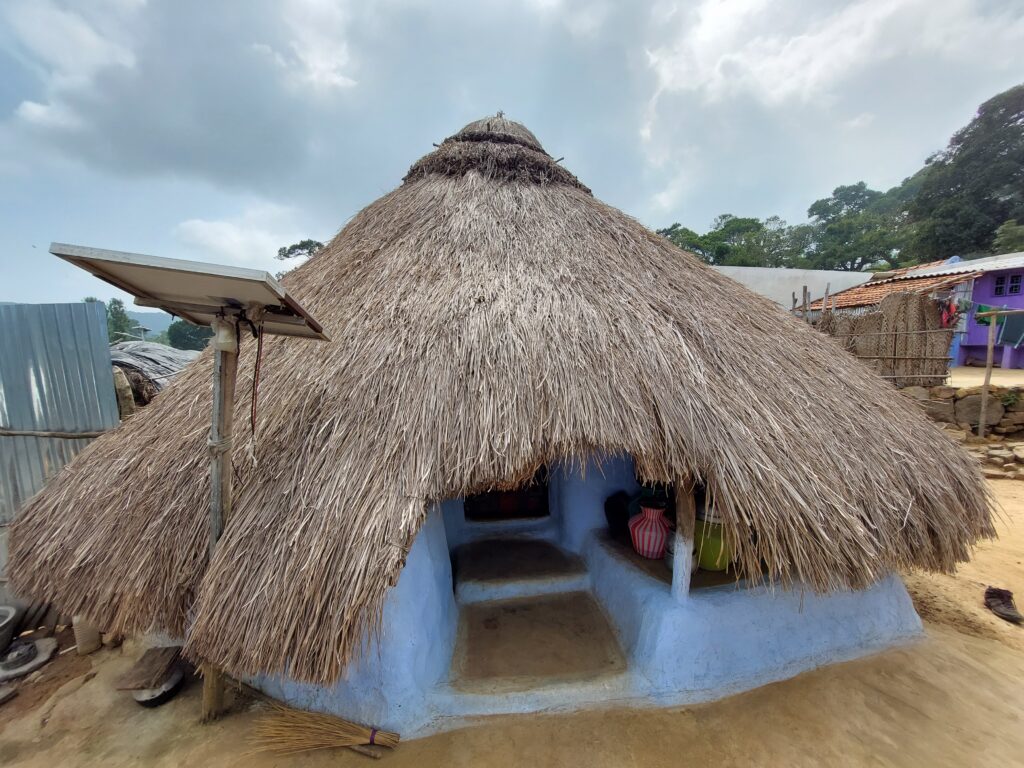
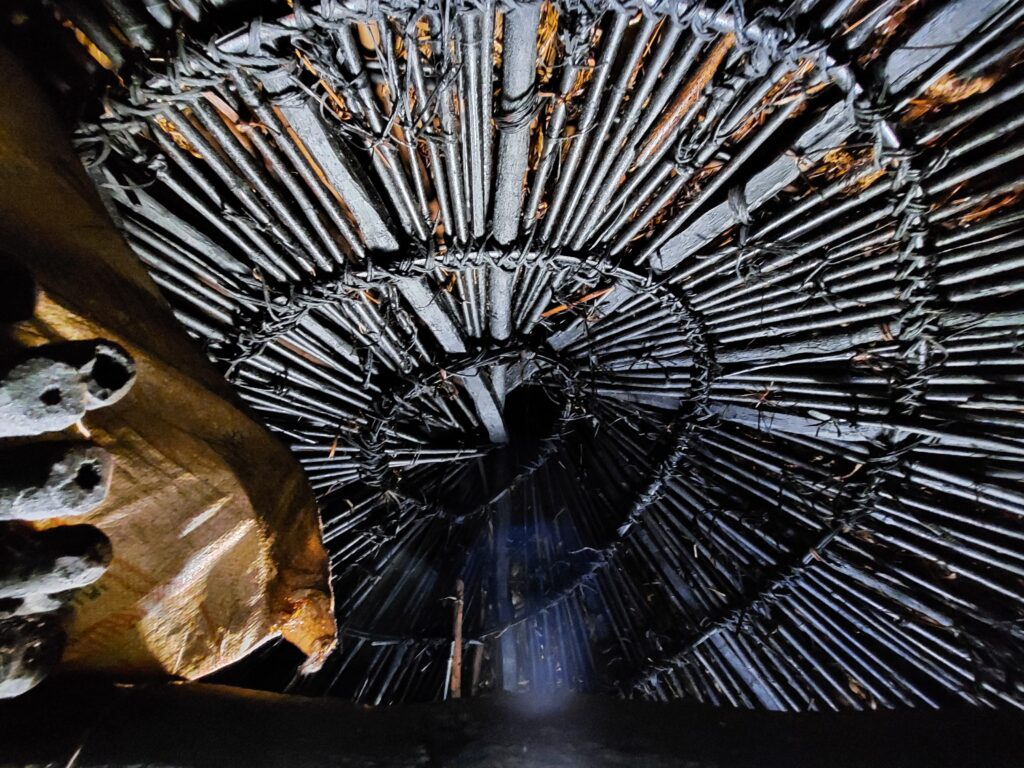
One look at inside of the house, I know that several leading architects working on sustainable architecture and natural building materials would know the benefits of this type of composition and construction technique. But again, these uniquely built traditional homes are giving way to cement and brick houses under Government schemes. One cannot argue about right or wrong here, but just feel perplexed about the outcome of such transitions.
Is there a way to preserve what’s worked for centuries and has stood the test of time and yet pave way towards the betterment of villages like Malliamman Durgham? And how can we handle this transition without hurting or ignoring the experience and wisdom carried by the elders?
My day in Malliamman Durgham made me think more than what I was prepared for. The journey back was much quieter for me as I was carrying the heavy weight of ‘uncomfortable, intriguingly beautiful yet prevalent reality’. There were some ideas emerging in mind related to clean & renewable sources of energy that could be tested here but more than that, I wanted to document this experience for myself as an unforgettable experience hoping that ‘Malliamman Durgham’ would raise the curiosity of some of the readers of this account. Perhaps some ideas could be born to make this village hold onto its true essence and become more easily liveable for its residents.
Our team, with whom I have been working with, can truly take a bow for this larger than life effort to not only reach such villages but also ensure that most of the residents get an opportunity to cook in an improved environment at the very least.
Their tenacity has made me more determined to find ways and means of bringing means and technology based on decentralized renewal and natural sources like solar & wind so the ‘true essence’ of Malliamman Durgham and such villages is not completely lost in time.
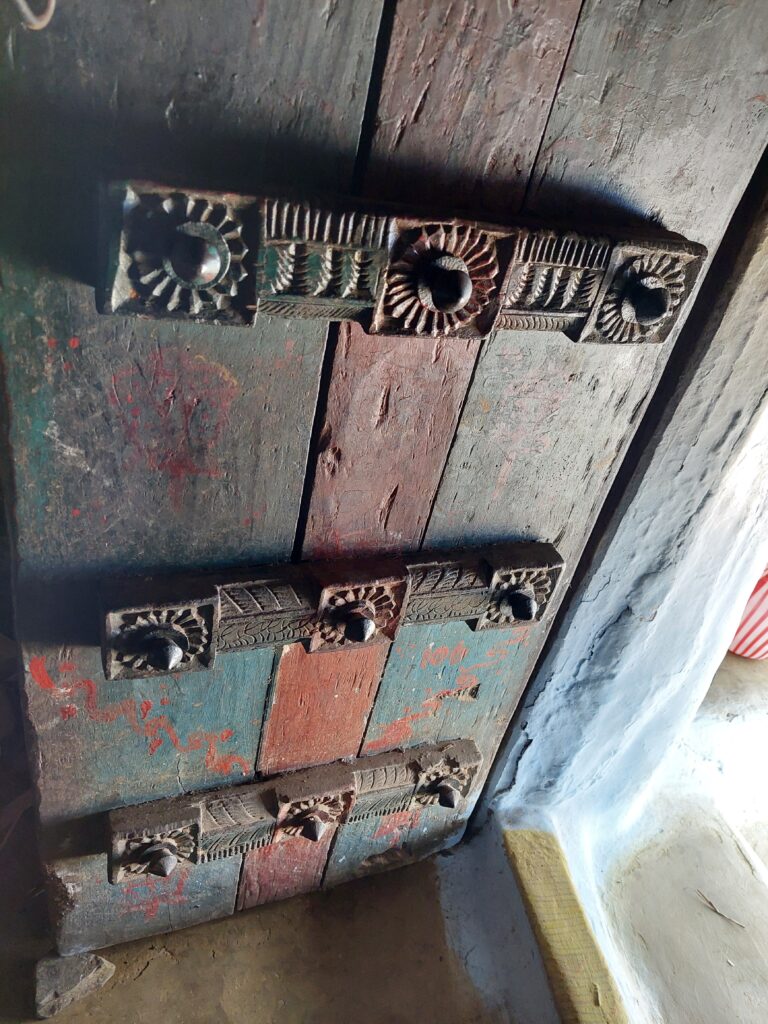
– a door that holds stories worth two centuries worth of existence
Picture credits : Project field team
Incredible Project team
Team lead – Steffan Ajay https://www.linkedin.com/in/steffan-ajay-7a488b97/ ;
Esther Manohar – https://www.linkedin.com/in/esther-manohar-147b95284/
Silambarasan K – https://www.linkedin.com/in/silambarasan-k-35519424b/
Others who do not have a presence on LinkedIn or any other social media but have been working silently and selflessly for decades- Paraman Sir, Sekar Sir, Balan Sir, Madavi Mam and the most amazing unit of grass roots community based organisation – Thalavady Adivasigal Munnetra Sangham (TAMS)
About TAMS – TAMS (Talavady Adhivasigal Munnetra Sangham) is a Community-led organization registered as a society functioning since 2000 in Sathyamangalam Tiger Reserve. Tribal leaders living in the protected area entirely run TAMS. Through TAMS and its work, the team is aiming to build a community to secure the forest they have traditionally owned. For nearly two decades after the death of forest brigade Veerappan, this community has seen fast past transition in livelihood patterns, rampant migration, issue of bonded labour, lack of sustainable job opportunities etc. And hence, TAMS current work involves projects on sustainable agriculture, Livelihood opportunities through forest produces, Lantana livelihoods, Health & Nutrition, Watershed management, Human – wildlife conflict interventions amongst others. https://www.facebook.com/profile.php?id=100080768221043&mibextid=LQQJ4d
About the author
Nitisha is the Founder & Director of Smokeless Cookstove Foundation that works with communities across India to create awareness about clean energy and various livelihood linkages connected to clean energy. Her NGO teaches such communities the skill of making an improved mud cookstove model from naturally available materials based on Rocket Stove Technology to help them reduce drudgery emanating from rudimentary cooking methods. She also undertakes various projects related to research and gap analysis on Energy drudgery faced at a house hold level by vulnerable communities
